|
This is part 3 of a 4 part series on blood sugar. In part 1, we address the basics of blood sugar and why everyone, including athletes, should care about their blood sugar levels. In part 2, we discussed the importance of testing your own body to specific carbohydrates and how exactly to do that. In this article, we are going to address how to use carbohydrates in your diet so they fuel your life instead of create disease. There are some very important things to address before we jump into the details of how to properly “carb cycle.” Starting with what carb cycling is and why this even matters?
|
AuthorTiana Rockwell is a certified nutritional therapist, avid endurance athlete and dark chocolate lover. She believes that by eating REAL food, we can balance our body and reach optimal health and wellness! Archives
May 2022
Categories
All
|


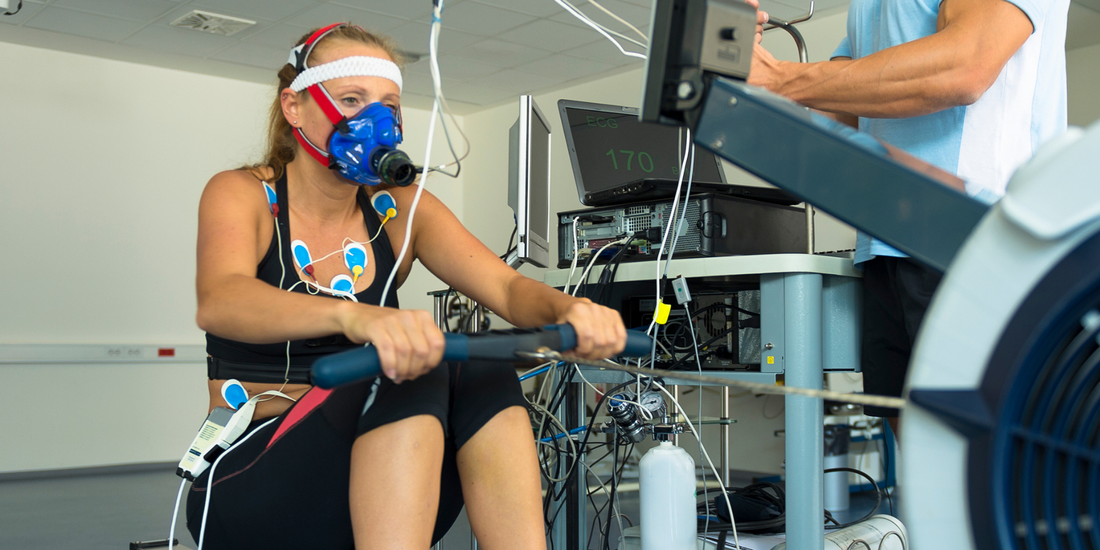
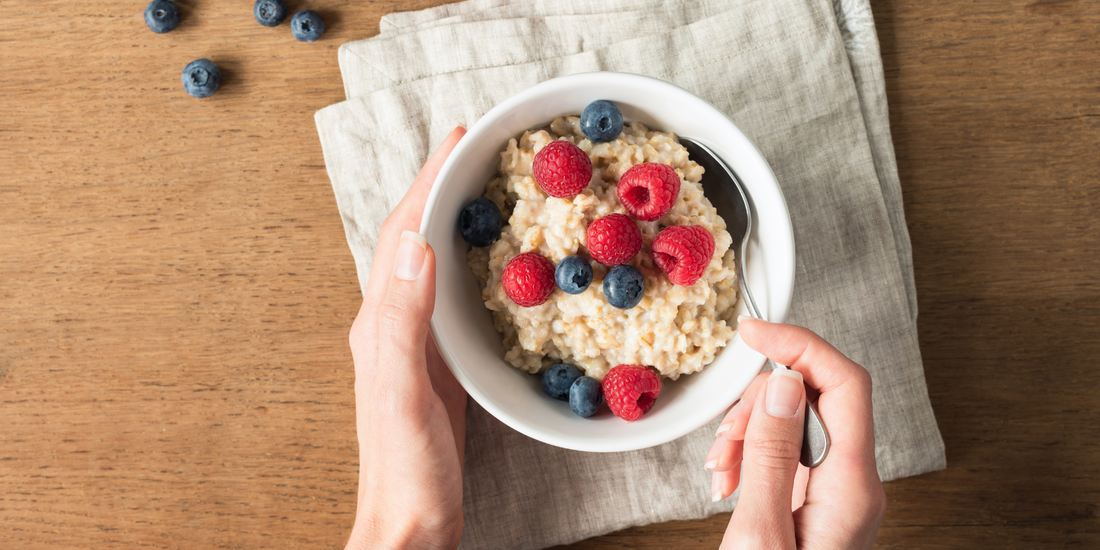
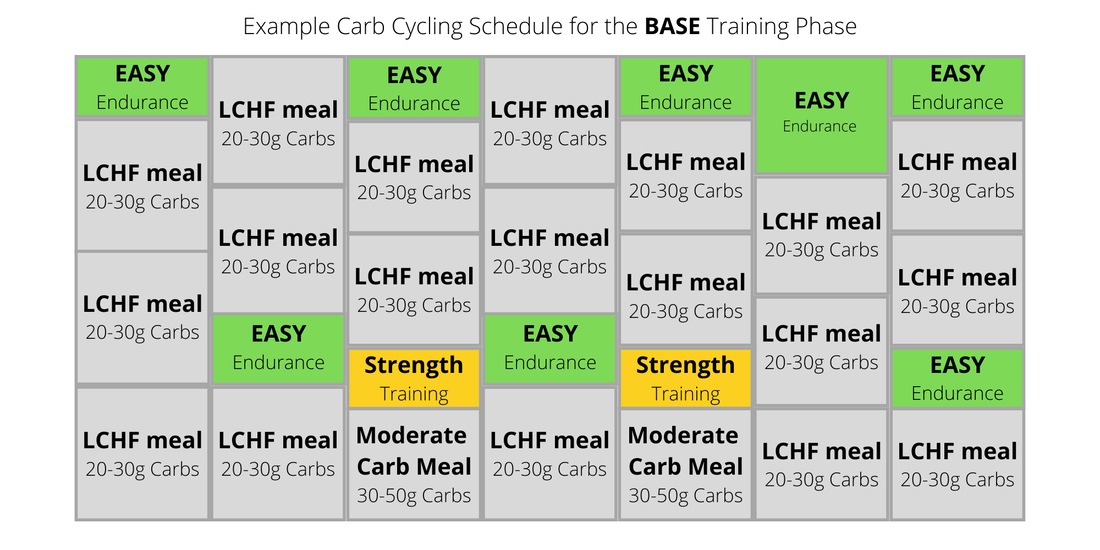
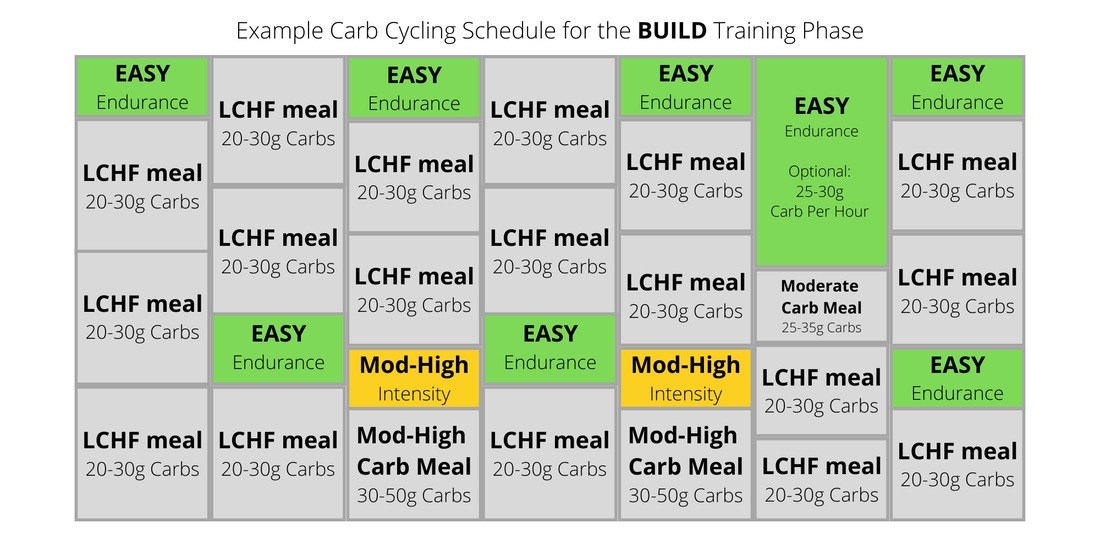
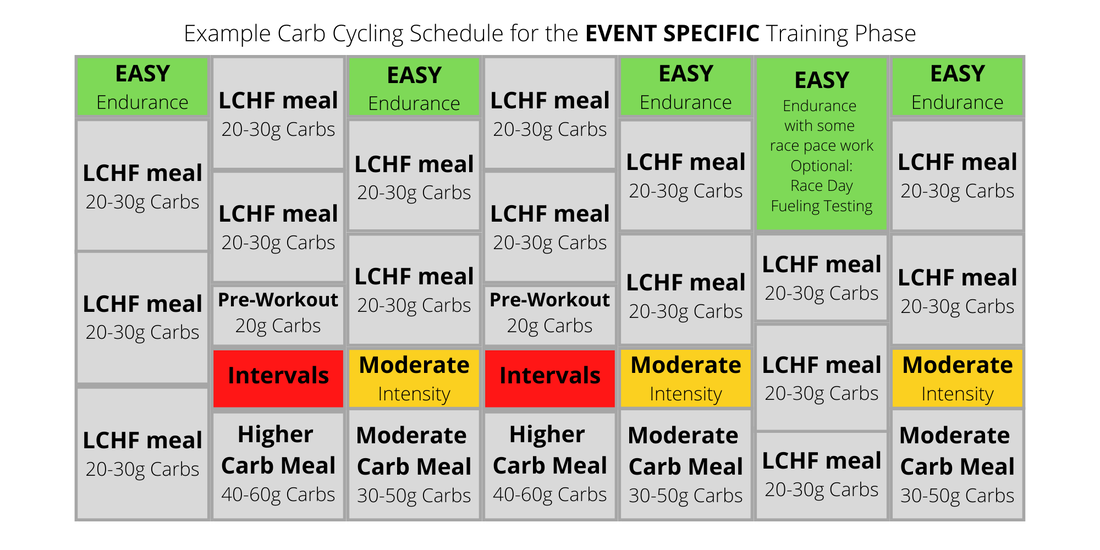
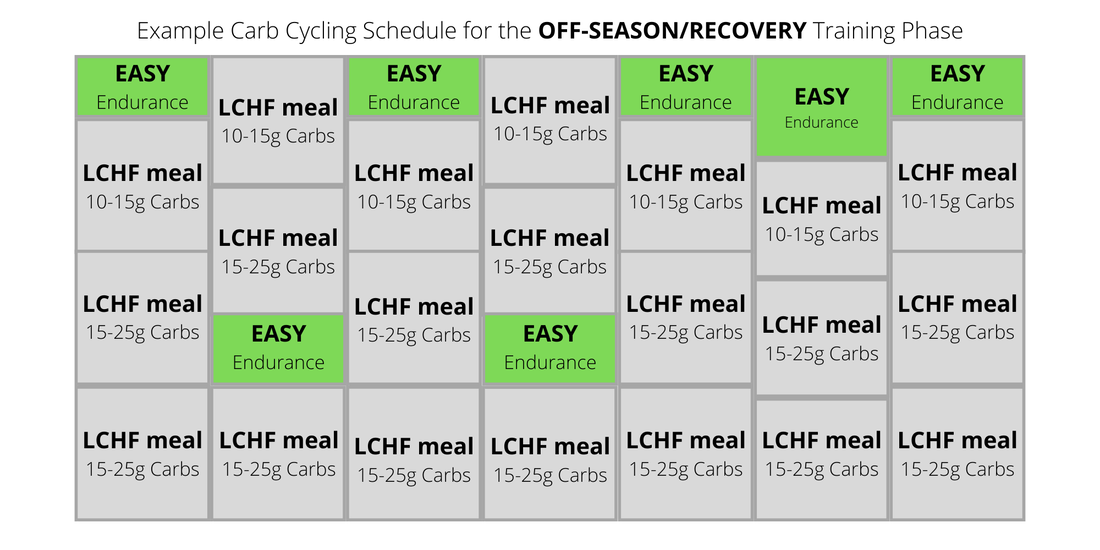

 RSS Feed
RSS Feed